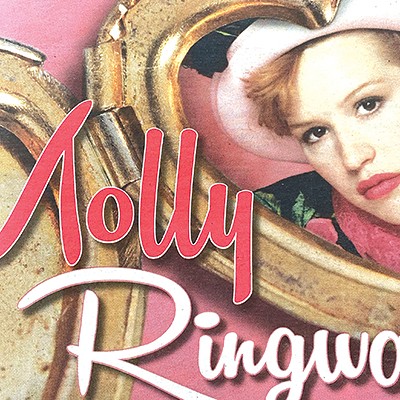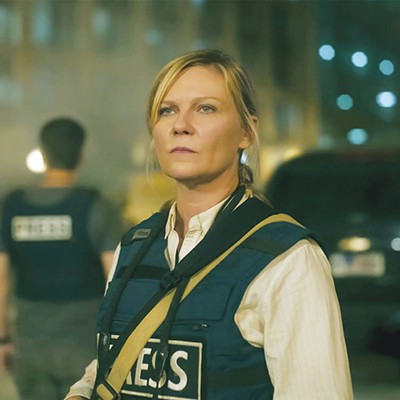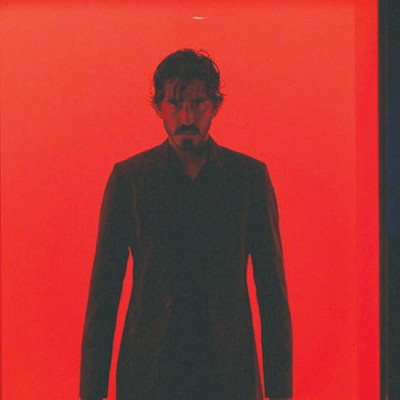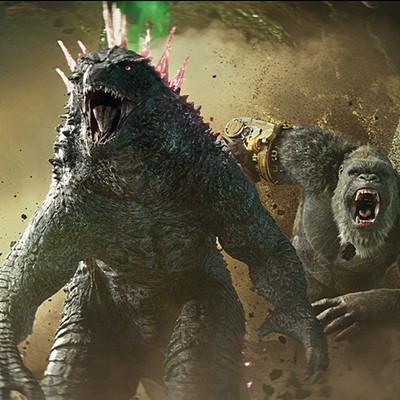Perhaps the most invisible force on film projects, but also the most critical, the cinematographer frames shots and essentially is the eyes through which audience see storylines and actors. In that regard, you have seen through Thomas Del Ruth's eyes many times. He set up and filmed Stand By Me, including the iconic, fear-compounding scene in which four young boys traipse across a railroad trestle (in southern Oregon) as the scene compounds fear as a train presses down on the boys (a scene set up with a crazy array of camera lenses). And, Del Ruth worked with director Aaron Sorkin on the beloved TV series West Wing, a show known for its dynamic dialogue—scripts that succeeded in large part because the kinetic camera action flowed with those fast-paced quips. But Del Ruth's cinematography in The Breakfast Club—a movie that Bend Film and the Source Weekly are celebrating this week—creates a much different mood from those projects, and presented different challenges.
Produced at the height of director John Hughes' fame, The Breakfast Club has proven an enduring story about teenage frustration, fears, and dreams—and Del Ruth's artistry framed and emphasized those emotions.
On Wednesday, April 22, Del Ruth will present a Q&A with Editor Phil Busse (me!) prior to the special screening of The Breakfast Club at the Old Stone Church, 157 NW Franklin, 6:30 pm.
SW: One of the aspects about The Breakfast Club is that, in some ways, it is a film about boredom, but no one wants to watch a boring film. How did you film "boring" without being boring with your shots?
Thomas Del Ruth: Giving a sense of tediousness and isolation to the film was a collaborative process between the cinematography, the art department, and the editing. From the cinematographer's point of view, keeping the compositions un-dynamic, and resisting the temptation to move the camera, restricted the actors to a limited space. This created a static tone and the shots appeared more languid when combined with the slow pacing of the editing. As far as the lightening is concerned, I kept a consistency with the contrast and the intensity the same throughout the library, providing no visual relief. The only theatrical conceit I allowed myself was to put a blue neon strip between the first and second floor, which gave a sense of perspective and depth no matter which way you were shooting, and also gave a visual anchor to the actors on the set.
SW: Is there a scene in The Breakfast Club you are most proud of?
TDR: I am quite happy with the sequence in the last tenth of the film when the kids are sitting on a raised platform with the extended set in the background. It was the only time we allowed the camera to move while in the library. The collective catharsis of this youthful angst expressed by each of the characters, which ultimately bound them together, was a wonderful collaboration of camera and performance. Specifically, during Emilio Estevez's monologue, the camera movement helped support the turbulence and stress of his life. Emilio was in the center of the frame, the dolly starts to move right to left, allowing the set behind him to move left to right, while all the time moving closer to him until we are in an extreme close up. I believe this was a powerful example of how to use the camera properly to help tell the story.
SW: After being in LA so long—born there and with parents in the "biz"—what brought you to Oregon to live?
TDR: I traveled to Oregon in 1985 for the first time, right after working on The Breakfast Club, to shoot Stand By Me in Eugene. I thought the state was quite beautiful and the people very friendly. Being born and raised in southern California, I knew that when I retired, I would be looking for a different experience. So I always kept Oregon in mind. My wife was originally from the east coast and she missed the change in seasons. When I seriously started to entertain the idea of retiring, I wanted to check out Bend. We first visited Bend in May of 2005 and bought our home the next day. We were just so taken by the charm of the park, the feel of downtown, and the great restaurants. It was a huge move for us, and I continued to work up until my last film which was in 2009 with Rob Reiner. It was a sign to me that our lives had truly come full circle. The film was called Flipped, which was suppose to be a bookend to Stand By Me. Ironically, it became the "bookend" to my career as I decided that the best location I liked traveling to after a long career was back to my home in Bend.





















